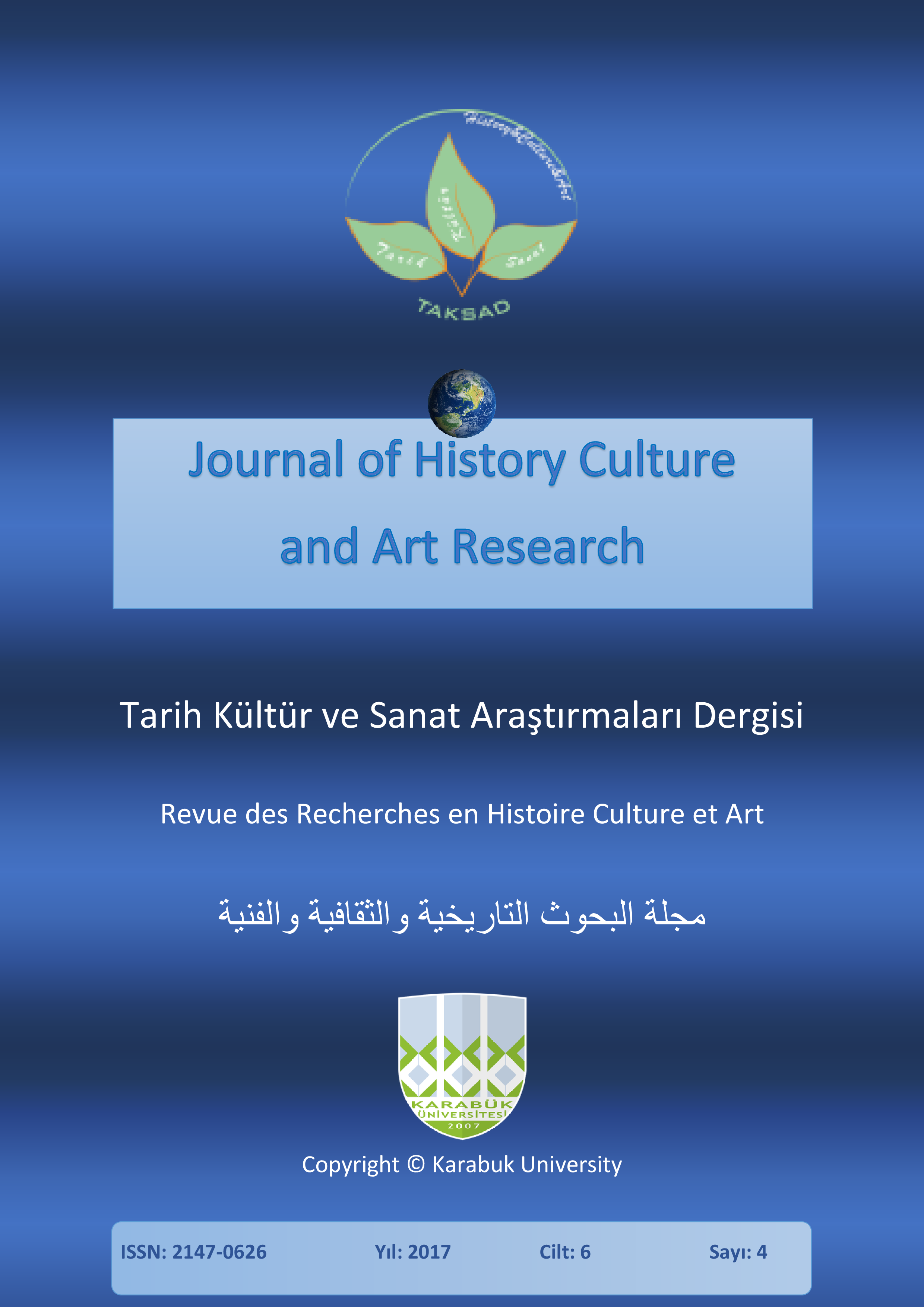Social Exclusion of Disadvantaged Groups in the Modern Russian Society
DOI:
https://doi.org/10.7596/taksad.v6i4.1151Keywords:
Social exclusion, Drug addiction, Drug abuse, Rehabilitation, Deprivation, Social inclusion, Barrier-free environment, Anti-drug policy.Abstract
Social exclusion is both a scientific theory and a socio-political discourse. This paper deals with the study of social exclusion of deprived groups such as drug users, which is based on an analysis of complex issues arising from the spread and use of psychoactive substances. The spread of drug abuse as a phenomenon is the cause of the stigmatization of communities and the exclusion of drug users from societies. The problem carriers are not only patients with drug addiction, but also those who have experience of one-time, episodic experiments with drugs and psychotropic substances. This paper is based on the results of empirical studies, which the subject was the study of drug use practices in modern society. The combination of a quantitative and qualitative strategy for data collection and analysis represented a dynamic accumulation of information at different levels about the object under study – social exclusion of drug users: methods of document analysis were applied such as regulatory legal acts, interviews with drug users and experts in the field of drug use and questionnaire survey, as well as secondary analysis of data from all-Russian sociological research. The social exclusion of deprived groups and ways to overcome it directly depend on the nature of the scenarios for social exclusion, which is the result of the stigmatization of deprived groups.
References
Berger, P. & Lukman, T. (1995). Social construction of reality. A treatise on the sociology of knowledge. URL: http://skepdic.ru/wp-content/uploads/2013/05/Berger_Lukman_-_Sotcialnoe_konstruirovanie_realnosti_Skepdic.ru_.pdf.
de Haan, A. (1997). Poverty and Social Exclusion: A Comparison of Debates on Deprivation. Working Paper No. 2. Poverty Research Unit at Sussex. Brighton: University of Sussex.
Giddens, A. (1984). The Constitution of Society. Outline of the Theory of Structuration. Cambridge: Polity Press.
Lenoir, R. (1989). Les Exclus: Un Francais sur Dix, (2nd ed.). Paris: Editions du Seuil.
Rodgers, G. (1995). What is Special about a Social Exclusion Approach. In Social Exclusion: Rhetoric, Reality, Responses, edited by Gerry Rodgers, Charles Gore, and Jose Figueiredo. Geneva: International Institute for Labour Studies.
Barley, S. R. & Tolbert, P. S. (1997). Institutionalization and Structuration: Studying the Links between Action and Institution. Organization Studies, 18(1), 93-117.
Burns, T. & Flam, H. (1987). The Shaping of Social Organization. Beverly Hills: Sage.
Strauss, A. & Corbin, J. (2001). Basics of qualitative research: Grounded theory, procedures and techniques. Translated from English and afterword by T.S. Vasilieva. M.: Editorial, URSS.
Tolbert, P. S. (1988). Institutional Sources of Organizational Culture in Major Law Firms, in Lynne G. Zucker (ed.). Institutional Patterns and Organizations – Culture and Environment, (101–113). Cambridge: Ballinger Publishing.
Zucker, L. G. (1983). Institutional Sources of Change in the Formal Structure of Organizations: The Diffusion of Civil Service Reform, 1880–1935. Administrative Science Quarterly, 28, 22-39.
Zucker, L. G. (1977). The Role of Institutionalization in Cultural Persistence. American Journal of Sociology, 42, 726-743.
Downloads
Published
How to Cite
Issue
Section
License
All papers licensed under Creative Commons 4.0 CC-BY.- Share — copy and redistribute the material in any medium or format
- Adapt — remix, transform, and build upon the material for any purpose, even commercially.
Under the following terms:
Attribution — You must give appropriate credit, provide a link to the license, and indicate if changes were made. You may do so in any reasonable manner, but not in any way that suggests the licensor endorses you or your use.
- No additional restrictions — You may not apply legal terms or technological measures that legally restrict others from doing anything the license permits.







